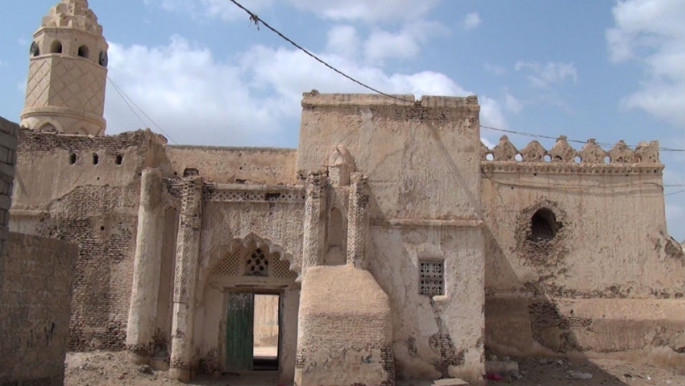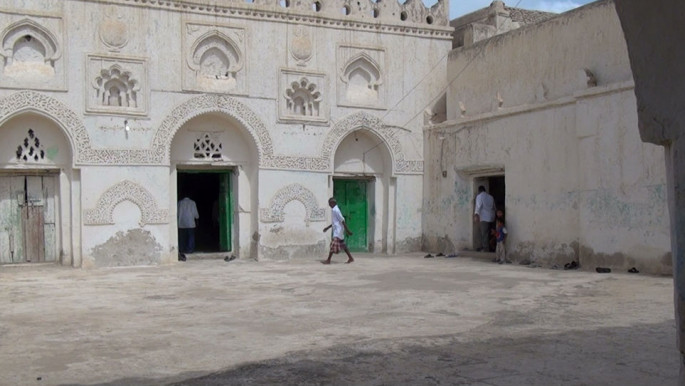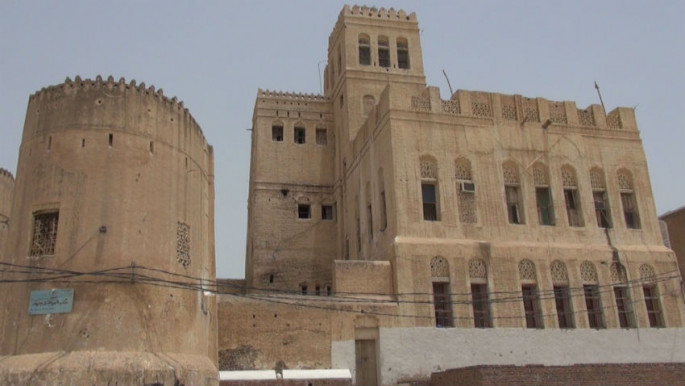Humanitarian groups urge protection of Yemen's 'architectural jewel' amid fighting
As Yemen's frontline encroaches on Zabid, one of the country's UNESCO world heritage sites, the Red Cross calls on all warring parties to protect the city's historic architecture.
2 min read
Zabid is home to the highest concentration of mosques in Yemen [ICRC]
The International Committee of the Red Cross (ICRC) released a statement on Tuesday urging all parties involved in Yemen's ongoing conflict to "protect and respect" the historic city of Zabid, as the war's frontline encroaches on the Red Sea town.
On top of the danger increased fighting would pose to Yemen's civilians, Zabid's unique architecture and cultural heritage will also be put at risk.
Cultural property such as Zabid's historic buildings are protected by international humanitarian law, the statement added. However it is unlikely this will deter the warring parties who have already provoked large-scale devastation as well as sweeping numbers of civilian casualties.
"The fighting in Hodeidah governorate is at the gates of the historic city of Zabid, fanning fears for the fate of its cultural heritage," said Alexandre Faite, ICRC’s head of delegation in Yemen.
"International humanitarian law makes it clear that special care must be taken in military operations to avoid damaging this outstanding archeological and historical site," Faite added.
 |
|
| Much of Zabid's architecture dates back to the 13th century [ICRC] |
The frontline is now only a few kilometres from Zabid, dubbed Yemen's "architectural jewel" of the early years of Islam.
 |
|
| Zabid is home to a whopping 87 mosques [ICRC] |
The city, home to the highest concentration of mosques in Yemen, became a UNESCO World Heritage Site in 1993.
 |
|
| The war's frontline is now only kilometres from the historic city [ICRC] |
Zabid served as the capital of Yemen from the 13th to the 15th centuries, and was an important centre of Islamic knowledge throughout this period.
 |
|
| Zabid was awarded UNESCO World Heritage status in 1993 [ICRC] |
Zabid's time as a leading cultural and religious centre gave rise to the construction of its 86 mosques.





 Follow the Middle East's top stories in English at The New Arab on Google News
Follow the Middle East's top stories in English at The New Arab on Google News


